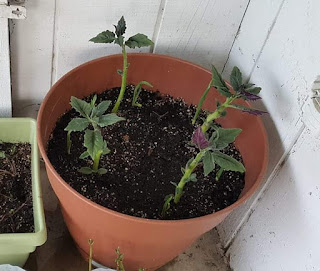(Gynura Procumbens) Longevity Spinach

(Gynura Procumbens) commonly known as Longevity Spinach is one of the most treasures herb among Hmong people and its community. This herbs is used in many Hmong traditional dishes. It is also used in conjunction with other herbs to aid mom with new birth in a 30 days postpartum regimen. In the USA, It is a must have herb in backyard growing of very Hmong household and community. Gynura procumbens (Lour.) Merr. is a well-known plant used in folklor medicine in the treatment of diabetes, cancer, hypertension, inflammation, fever, and skin disorders. Research has shown different chemicals including alkaloids, flavonoids, phenolics, steroids, proteins, and polysaccharides, have been isolated from this plant. Gynura Procumbens is an all green with vascular plant. Leave is simple, entire, lanceolate, with a smooth and glossy apparent. Native to China, Indonesia, Laos, Malaysia, Thailand, and Vietnam. Cultivate in many other countries for its culinary and medicinal value. Tender leaves a
